Why should I introduce my pre-schooler to sensory activities?
There are many great reasons for introducing your child to sensory activities.
Sensory play will:
encourage your child to explore the world around them
use curiosity and intent
develop early problem-solving skills
develop language skills including new vocabulary
Activities that are based on real life, allow children to discover things for themselves, and this, in turn, leads to them becoming more confident and independent. If kids are given opportunities to actually experience something for themselves, they are more likely to be able to deal with a situation later in life if they have already had some previous experience. That’s why hands-on experiences that use the five senses are the best kinds of activities for preschoolers.
If you regularly expose young children to sensory activities, you will be helping to build strong connections between the neurons in your child’s developing brain. This will also promote their language development – A fantastic bonus! Plus, senses activities are so much fun!
To learn more about the benefits of sensory activities for pre-schoolers, have a look at the article link below:
https://www.growinghandsonkids.com/10-spring-sensory-activities-toddlers-preschoolers.html
Why introduce taste activities?
Many kids are afraid of trying new tastes, especially if they are picky eaters! But with a little patience and encouragement, we can lead them to experience new and exciting tastes, and different textures. All these and more while having so much fun together.
Taste activities for preschool
Follow the taste testing activities and ideas below to get started. You don’t have to use all of these activities and feel free to adapt them to suit your own resources or budget.
1. Grow your own
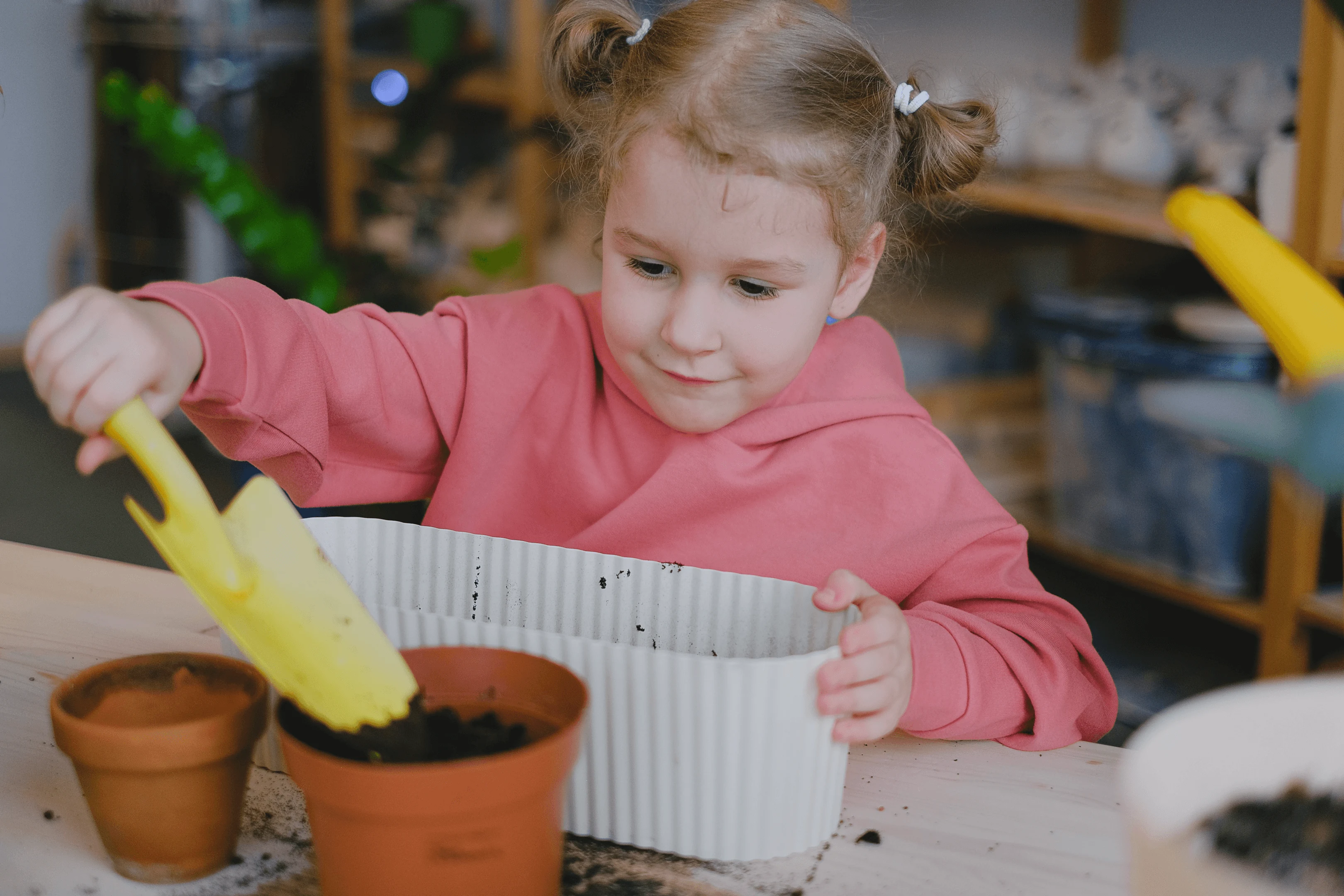
Growing your own fruit and vegetables is my number one way to encourage children to try new tastes. If you haven’t got a garden or outdoor area, no need to worry – you don’t need a huge amount of room to start planting.
Start with a few plant pots, some peat-free compost, and some vegetable seeds.
Show your preschoolers how to scoop and fill up the pots with compost.
Show them how to use their index finger to make a small hole in each pot.
Picking up tiny seeds is great for fine motor development.
Ask your pre-schooler to place each seed into the hole and gently cover it over with compost.
Give your seeds a good watering and leave them in a bright, sunny place, such as a windowsill.
Make sure your kids regularly water the seeds as they start to grow.
Seeds that grow quickly for an instant success:
mustard and cress
salad leaves
radish
spring onions
carrots (make sure you use sandy soil).
seed potatoes
Encourage your pre-schoolers to dig up and collect the vegetables with you.
Preparing them together offer great ideas for senses activities, and can also include a huge range of skills such as:
washing
chopping
slicing
grating
mashing (eggs and cress or mashed potatoes)
Try your homegrown foods together and discuss the taste, flavors, and different textures.
Describe how the food tasted. Use words like:
crunchy
crispy
salty
bitter
sweet
If you are lucky enough to have a fruit tree or access to a fruit tree, go and collect the fruit and cook it together. Try recipes like:
Cherry crumble
Apple pie (perfect for an apple taste test)
Blackberry smoothie
Raspberries dipped in melted chocolate
Learning through real life is really the best and most fun way to learn!
2. Cook together
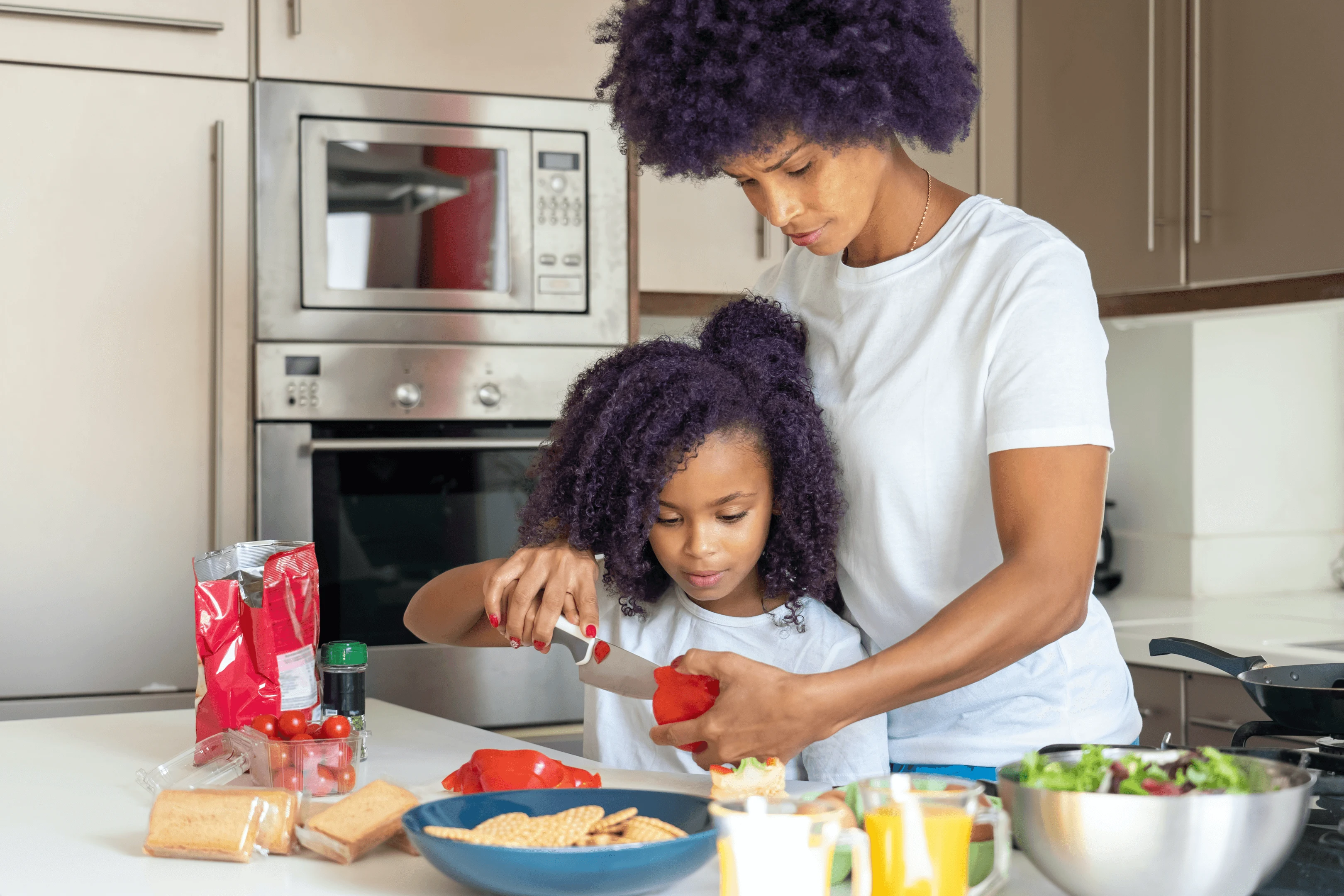
Cooking together is a great way to introduce your preschooler to different foods and tastes. If you can use some of the foods that you have grown yourself, that is fantastic, but if not, there are hundreds of recipes that you can explore to develop your child’s sense of taste.
Sometimes children can be reluctant with their taste buds. But often, when you cook together they become more confident about tasting the food. It works like magic. Handling and preparing food themselves can mean they are much more willing to discover new tastes.
Have a go at this easy recipe activity below to encourage your preschooler to try different tastes. This does taste good so I’m sure your child will enjoy it.
A healthy wrap
You will need:
1 pack of wheat wraps
1 carrot
1 tub cream cheese
1 cucumber
1 pepper
Tin of sweetcorn
A small block of hard cheese e.g. cheddar
This is so simple but it incorporates lots of different skills that can help develop your kid’s five senses. Always supervise children using a grater and show them how to grate away from their little fingers. You can use real knives to chop if you demonstrate first how to use them safely.
Don’t forget to watch them out throughout the activity.
What to do:
Use a grater to grate the carrot.
Chop the cucumber into tiny pieces.
Cut the pepper into small pieces.
Grate the cheese.
Use the back of a spoon to spread cream cheese across the entire surface of the wrap.
Carefully add the other ingredients.
Roll the wrap and cut it in half.
Enjoy your healthy wrap for lunch or as a snack!
3. Finger paint with food
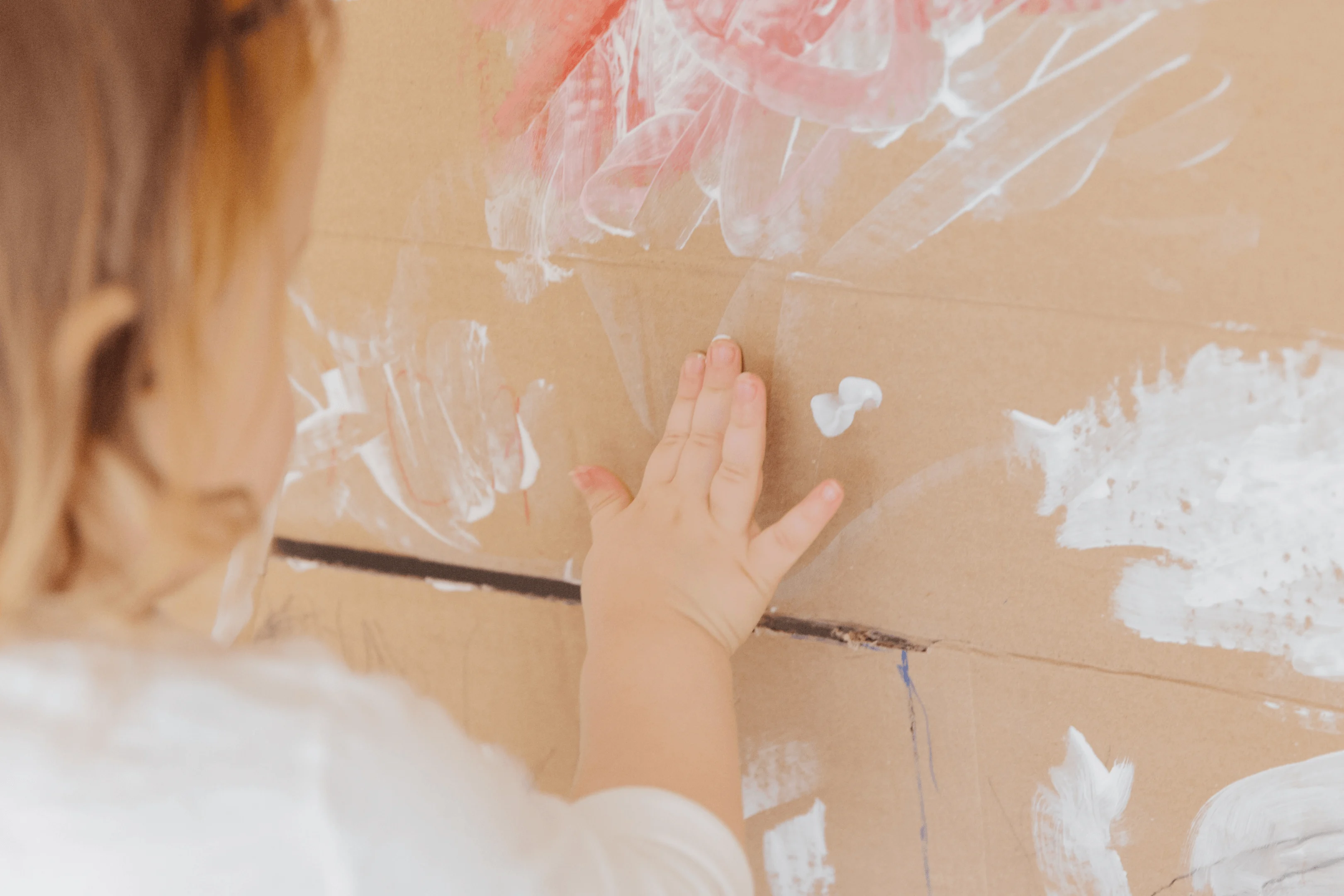
If there is one thing most pre-schoolers love to do, it is explore. They also like to get messy so this activity is usually a big hit. This is a perfect idea for kids who are hesitant to eat new foods, as the activity is focused on painting rather than on tasting so there is no pressure. But they will often try new tastes incidentally.
Make sure to always check for food allergies before you start.
Create some food paint by putting small amounts of food into containers. I like to use:
Different flavored yogurts
Stewed fruit like apple or blackcurrant
Mashed banana
Mashed avocado
Pureed peas
Cream cheese
If you want, you can mix in a small amount of natural food coloring to the pots to make the foods a richer more vibrant color. Use a large plastic tray or a large piece of paper and just let the children experiment and play.
Encourage them to dip their finger into the pots and dab the food onto their canvas. Use words like:
Wet
Soggy
Tasty
Mushy
Sloppy
Delicious
4. Baking tray tastes
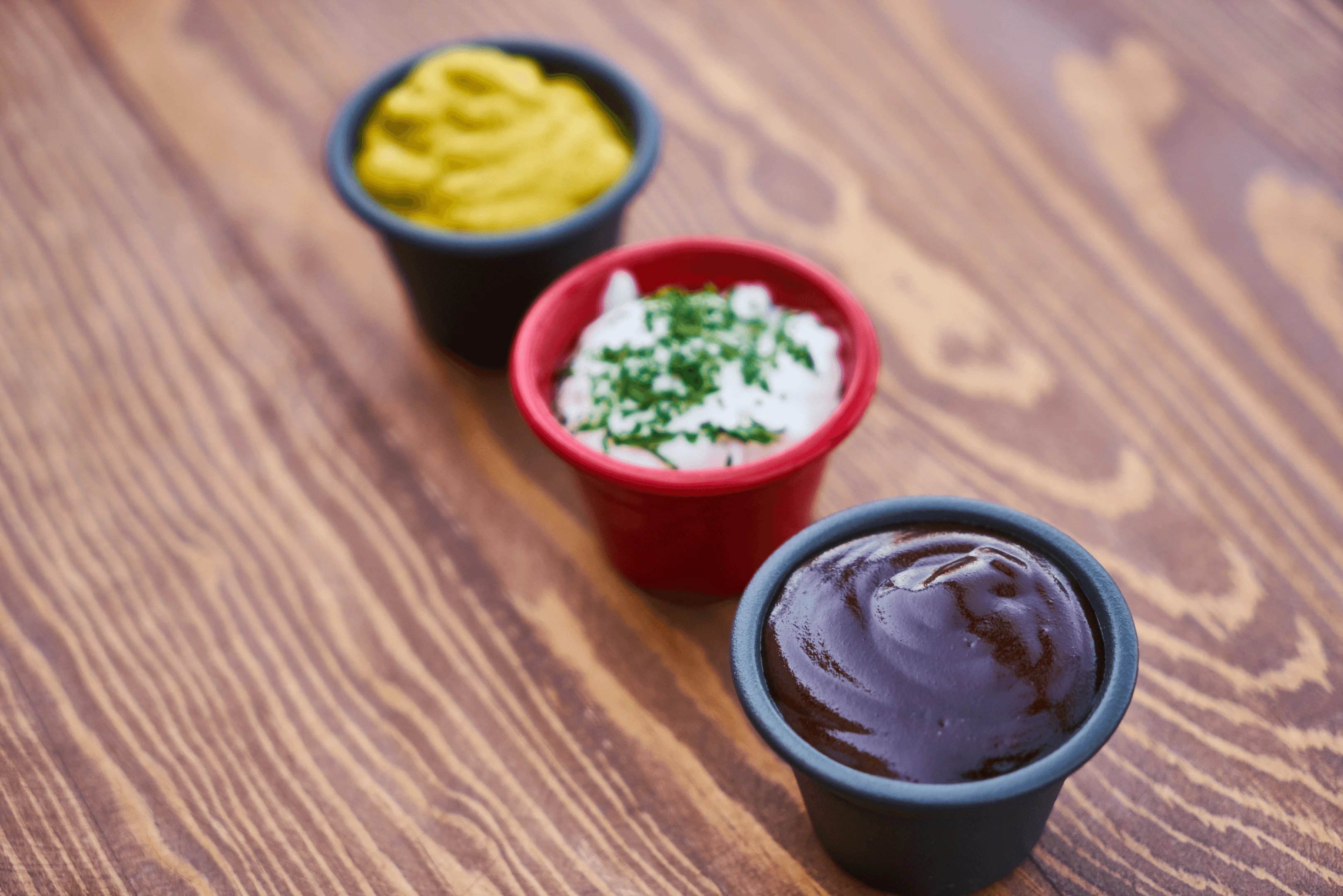
This activity is about letting children taste new flavors. It is great for introducing new vocabulary, building confidence, and turn-taking. Make sure you deliver it in a playful way and have plenty of giggles at the new tastes.
Fill each hole in a muffin tin with a variety of different flavors to try. I like to use:
Tomato ketchup
Apple sauce
Mashed banana
Plain yogurt
Cranberry sauce
Cream cheese
Dijon mustard
Hummus
Mango chutney
Mayonnaise
Chopped pickled gherkins
Buttercream or whipped cream
If you have other food items you think would be interesting or exciting, you don’t have to limit yourself to these. But try to get a mixture of sweet, sour, fruity, bitter, and sharp tastes.
Encourage the kids to take turns dipping their fingers into the tray and tasting each food.
Ask them to decide if they like it or if they don’t like it. If they can’t decide, they can always have another go. You could use a smiley face and a sad face card to sort the tastes into likes and don’t likes.
Introduce new words like:
Sour
Sweet
Sharp
Hot
Spicy
Creamy
Vinegary
Smooth
If you have picky eaters who are reluctant to taste any of the foods, give a little encouragement but don’t push it. Just let them watch you have lots of fun. They will explore and try when they are ready.
5. Favorite flavors
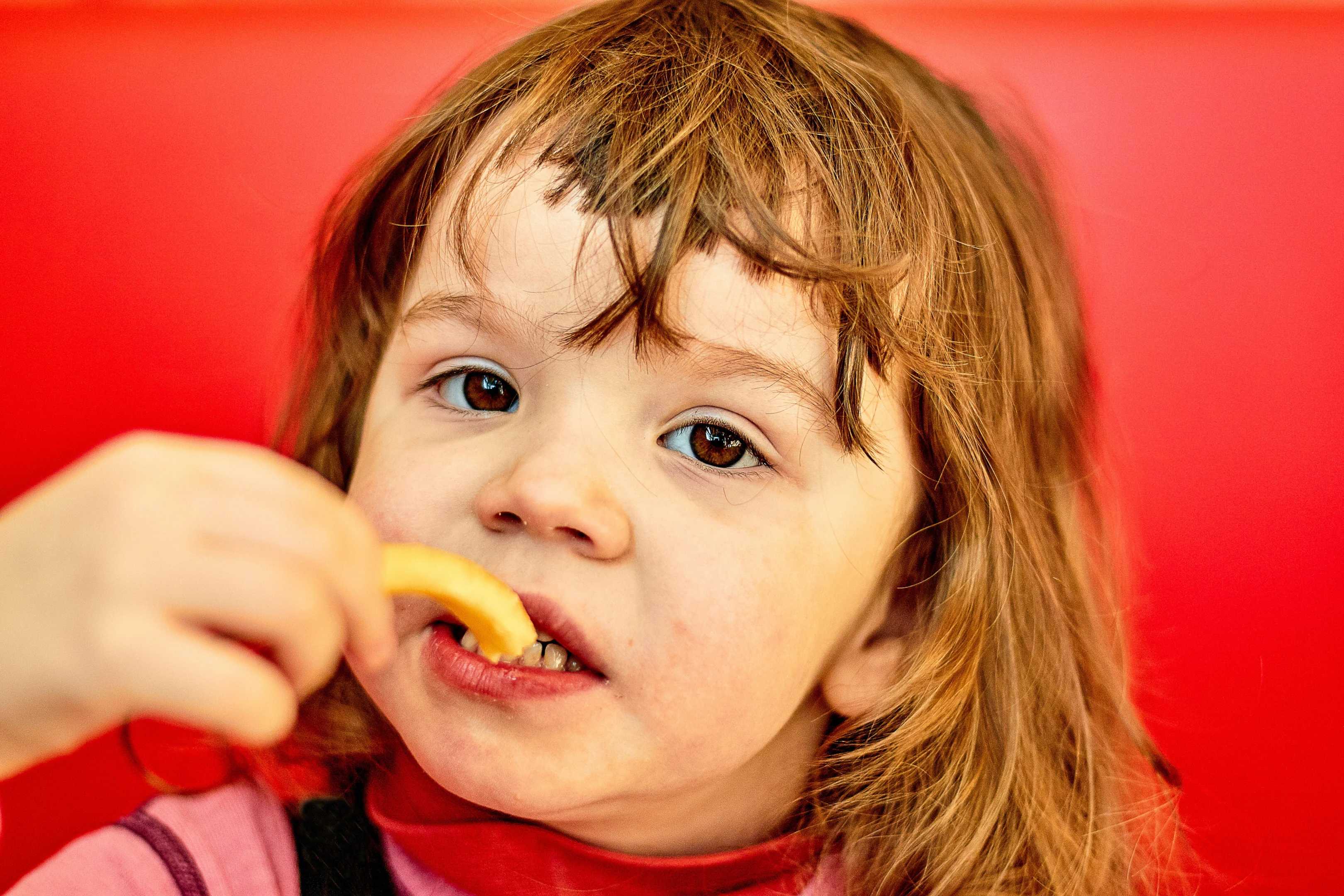
This is one of the best senses activities that will tickle the taste buds of your kids, and teach about taste discrimination.
So you will need examples of the same food but different flavors. For example, two different flavors of crisps / French fries, two different flavors of yogurt, or two different flavors of jelly beans, etc.
What to do:
Create a taste test by putting two different flavored yogurts into two bowls so that there are no picture clues about the flavor.
Tell the pre-schoolers that you are looking for brave children who can help you with a taste test.
Let them eat a spoonful of each yogurt in turn and say which one they like best.
Can they identify what the flavor is?
To help – you could provide cards with pictures, for example, a banana, cherry, strawberry, and coconut.
Did they guess the flavor? Give lots of praise if they did, and lots of praise for having a try.
Repeat the same test with other foods like crips, jelly beans, or flavored water.
6. Purple baked beans

This is always a fun activity to do for preschoolers. Try changing the color of some of their favorite foods and see if they will still eat them.
You will need some good quality food coloring to do this activity. Always try to buy natural food coloring if you can. Some of the foods you can change the color of are:
Baked beans – Add blue coloring
Porridge – Add red coloring
Yogurt – Add yellow or green coloring
Spaghetti – Add red coloring to the water for a few minutes
Prepare the food and ask the kids to help you add a few drops of food coloring at a time, stirring it in until the food has changed to a rich and vibrant color. Dish the food into small bowls or pots and try them together.
As you are tasting the food, ask the children if it tastes any different. Is yellow yogurt more or less tasty? Are purple baked beans better or worse? What do they think of pink spaghetti? I always like to take lots of photographs during this activity.
7. Royal rainbow rice

This idea is so easy and the kids can help you prepare it too. Cook a batch of white rice. Basmati rice works best, but any white rice can be used.
What to do:
When the rice is cooked, drain it and give it a very good rinse.
Divide the rice between three bowls.
In the first bowl, add a few drops of blue food coloring.
In the second bowl, add a few drops of red food coloring.
Leave the third bowl as white rice.
Stir in the food coloring and leave it to stand for about 10 minutes.
Mix the red white and blue rice together in a large bowl.
Let each child try a taste of rainbow rice. You can heat it up and serve it with mild curry or stir in mixed roast vegetables for lunch if you want to.
For more taste activity ideas for younger children check out the link below:
8. Milkshake
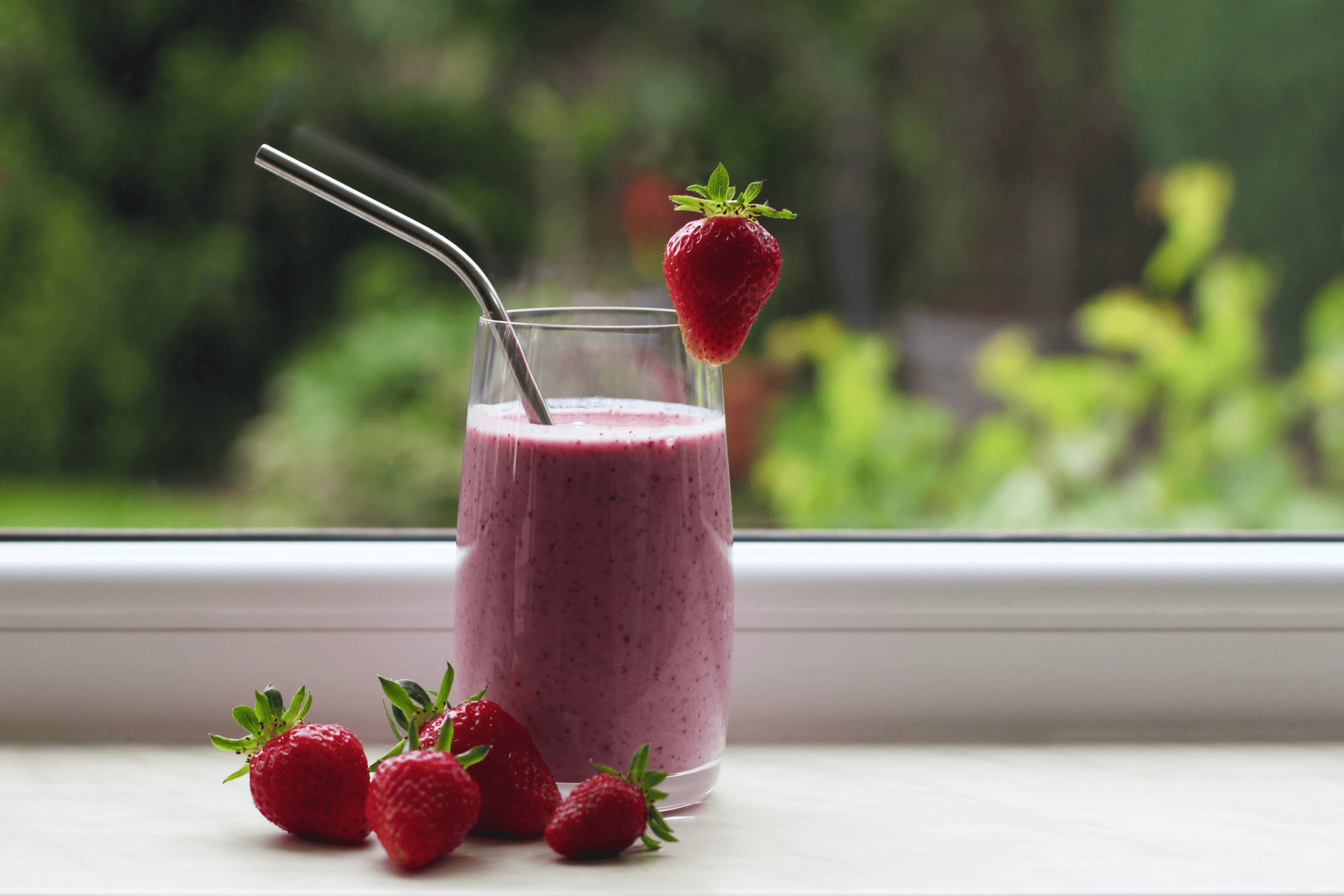
Try this activity with your pre-schoolers for a healthy taste sensation. This is a nice activity to start tasting, especially for kids who are still reluctant to try chunky textures.
You can incorporate chopping skills into the activity by asking them to chop up the banana and the strawberries, scooping skills by scooping up the ice cream, and pouring skills by pouring the milk.
They can also give the mixture a good stir. This is also a good activity to encourage children to drink from an open cup if they aren’t doing so already.
You will need:
1 1/2 liters of milk of your choice
1 chopped banana
A handful of strawberries
A handful of blueberries
1 small tub of vanilla ice cream
Make the milkshakes together by placing half a liter of milk, 1 scoop of ice cream, and a handful of your chosen fruit into a blender until you have 1 banana milkshake, 1 strawberry milkshake, and 1 blueberry milkshake.
Pour a little of each flavored milkshake into a cup for the kids to try. Talk about their favorite flavors. You could use smiley faces or sad faces for younger children who are pre-verbal to express their preference.
I hope I’ve given you and your preschoolers some great ideas to get started. Obviously, all tasting activities will need to be risk assessed in case children have any food allergies.
Happy taste testing and have fun!!
